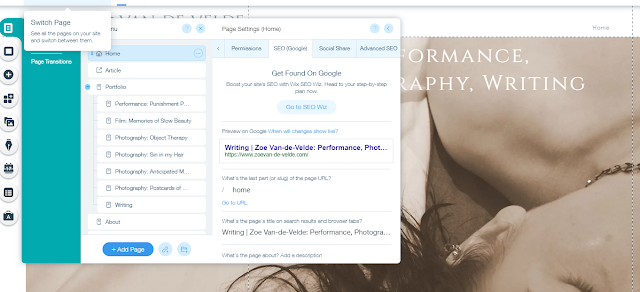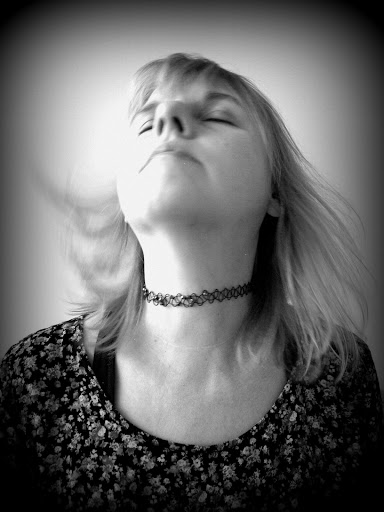In this post, I am going to show you the start of the process of writing an article with images. It is assumed you would have researched your article thoroughly in earlier posts so I will condense the research here ready to use for the piece.
De Montfort University campus sits in the heart of Leicester City. An ancient city that began as a military fort in AD 43. The city grew and prospered through the ages and was at the centre of the industrial revolution (1837-1901) and the city grew from 40,000 residents to 212,000 residents. The Victorian building erected during this time still dominates the Leicester landscape.
'The Leicester Municipal Technical and Art School was then formed in 1897, when the Leicester School of Art was merged with the Leicester Technical School, under the control of the town council. Construction began in the Newarke on what we now call the Hawthorn Building. Initially, only the wing facing the Hugh Aston Building was completed. The other parts were added later, with the Richmond Street wing built in 1909, the Gateway Street wing in 1928, and the wing facing Trinity House in 1937.' (History of De Montfort University: 2020)
Today to really start to get the feel of the university into this article and to create the focus I took some initial photographs of The Queens Building
'De Montfort University set out to design Europe’s largest naturally ventilated building in 1989; it was completed 4 years later in August 1993, costing roughly £9.3 million. After construction on 13 August 1993, the Queen herself christened it as The Queen’s Building. ' (Compton M 2006)
'According to Bill Bordass, “The architect’s concept for the Queen’s Building was for a highly insulated, thermally-massive envelope with both a shallow plan and generous ceiling heights to facilitate natural ventilation and daylighting.” (Compton M 2006)
'The original brief for the Queen's Building called for innovative solutions that would reflect the creative nature of the then-new university. The architects were Short-Ford Associates and environmental engineers Max Fordham LLP, backed-up by a team of advisers, such as Cambridge Architectural Research on the stack-effect chimneys, and Bristol University on the physics of airflow.' (Bunn R. 2006)
There is much written on the Queen's building above I have just added some snippets of what I might include. R. Bunn who wrote in 2006 wrote about how the building faired since its creation and on many levels, it has not faired so well. There are still issues with the ventilation and although it has been improved and altered over the years to adjust with the times the building itself now is more about its status as an iconic building rather than what it does well, at the time this was high innovation but as with all architecture, it has to stand the test of time the users (students and staff) need it to work for them. Bunn writes: 'The saving grace of the Queen's Building is that its occupants seem willing to forgive the building's transgressions on comfort and lack of user control in the belief that they are working in a building worthy of being loved for its very idiosyncrasies.' (Bunn R. 2006)
I will now begin to draft this part of the article and I will retake these images when it is not raining so I can avoid rain spotted images.
I want to add an element of psychogeography as I would like to include my own connection to the city, the university, and my own history.
References
Bunn, R., 2006. Queens Building. [online] Bsria.com. Available at: https://www.bsria.com/uk/news/article/queens-building [Accessed 25 November 2020].
Storyofleicester.info. 2020. Home - Story Of Leicester. [online] Available at: https://storyofleicester.info/ [Accessed 25 November 2020].
Dmu.ac.uk. 2020. A History Of De Montfort University. [online] Available at: https://www.dmu.ac.uk/campus/history/history-of-dmu.aspx [Accessed 25 November 2020].
Compton, M., 2006. [online] Webpages.uidaho.edu. Available at: https://www.webpages.uidaho.edu/arch504ukgreenarch/casestudies/queensbldg-demontfortu.pdf [Accessed 25 November 2020].


















































